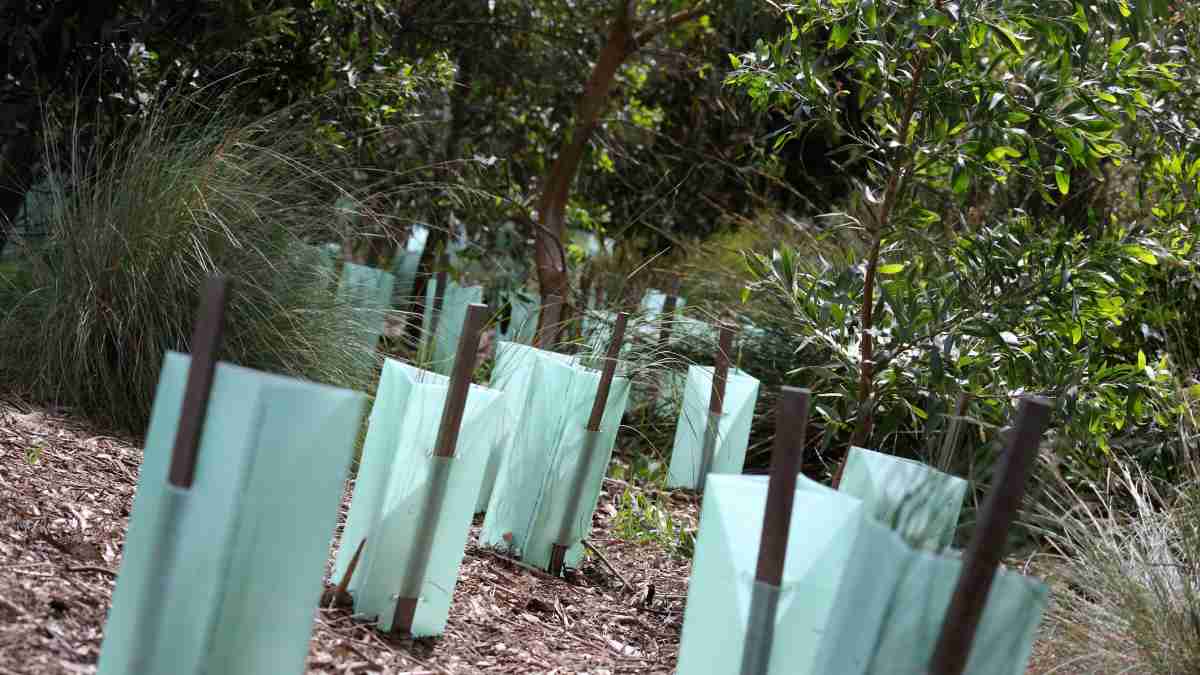(Last Updated 25th October 2023)
The enactment of the Environment Act 2021 has been delayed until January 2024 nevertheless, there will be a legal obligation to ensure the destruction of biodiversity caused by development is minimised, and through construction, the site is left in a better state than before. The law demands a Biodiversity Net Gain (BNG) of 10%. If this cannot be found on site, it must be found offsite, preferably as near as possible.
Meanwhile, many landowners will have suitable land that developers will be looking for and, possibly, not aware how the new law values it. So, this is an opportunity to make an income from land that may previously have been thought to have little financial value.
The situation prompts questions from both developers and landowners:
- How is a site’s biodiversity measured?
- How is a site’s biodiversity value monetised?
How do you value habitats?
It starts with a valuation of the land in biodiversity terms, using a metric known as Defra Metric 4.0 and expressed as Biodiversity Net Gain Units. The valuation can only be made by experienced, qualified ecologists. The metric was created by the government for the benefit of developers, landowners, local planning authorities, professional advisors, contractors and others. The valuation depends on:
- The distinctiveness of the habitat:
- The location:
- Its quality:
- The richness and/or variety of the wildlife:
- The extent of the area.

The developer.
The valuation of the development site will take into account the loss of habitats as well as mitigating factors that could reduce the biodiversity deficit, such as improvements to habitats remaining in the site before and after construction. The gross loss or gain of the value in biodiversity units, plus the net 10% gain, is the figure necessary for approval by the Local Planning Authority (or Responsible Body) before seeking planning permission. In order to meet BNG’s mandatory demands, developers will have to search for the necessary ‘biodiversity units’ and subsequently buy them. It is at this stage that the monetisation takes place.
However, before the developer translates the deal in financial terms, he faces some more hurdles:
- The type of habitat affected by his development must be replaced like-for-like or better. This means the search for qualifying land has to be more focused and, therefore, possibly harder and longer to find depending on the type and quality of the habitats degraded by the development.
- Within the BNG law, the further the compensating land is from the development site, the greater the cost in biodiversity units. Put another way, the cost is proportional to the distance. It is called the “Spatial Risk Multiplier” (link to Glossary).
- The value of biodiversity units is subject to market forces so it might be hard to budget for. For hard and fast financial values of biodiversity units, the government offers ‘Biodiversity credits‘ (Link to Glossary). Their financial value is fixed, expensive and only to be used as a last resort.
- When the developer finds the right type of land, he also needs to meet the cost of its maintenance to BNG standards for 30 years. Unless there is a shortcut …
The shortcut.
Fortunately, there is a faster, easier way: land brokers, like Civity, have biodiversity units to sell; Civity also has the connections to find specific types of land if required. It’s more economic than ‘do-it-yourself’. The company is privately owned and headed up by an ecologist. Biodiversity units sold by Civity absolve the buyer/developer of any responsibility for the habitat’s future preservation, improvement and maintenance.
The landowner.
The landowner, or long lease holder, looking over his estate may recognise woodlands or riverbanks as habitats to all kind of species that have prospered for centuries, nevertheless unaware of the financial benefit that lies therein. To be helpful, The Department of the Environment for Rural Affairs (DEFRA) and Natural England have defined 35 habitat types across the coasts and landscapes of England. The habitats are divided into five grades of distinctiveness: Low, Medium, High, Linear and Watercourses. An overview of these divisions is shown below. Within each distinctiveness there are subdivisions: Broad and Specific. For example, within the Medium sector there is ‘sparsely vegetated land’ is said to be broad whilst ‘inland rock and scree’ is specific.

35 habitat types
The ‘Tiers’ are indicators of value. So, A1 has the lowest value and A5 the highest. ‘Linear’ refers to hedgerows that can be rich in wildlife, likewise ‘Watercourses’. However, hedgerows usually have A1 values whilst rivers and streams are typically A2 to A5. Below, we list Defra’s types of habitats and their places in the hierarchy.
LOW –Scrub land of common biodiversity.
MEDIUM – Heath & scrub, grassland, individual trees, urban land, cropland, wood and forest, intertidal and sediment, lakes and ponds.
HIGH – Wetland, grassland, heath & scrub, urban, woodland/forest, intertidal, wetland mosaic sediment, ponds, coastal lagoons, rocky shore, littoral rock, saltmarsh/saline reedbed, littoral seagrass, coastal saltmarsh, coastal sand dunes, coastal vegetated shingle, maritime cliffs & slopes, inland rock outcrops, scree habitats, upland mixed ashwoods, native pine woodlands, lowland pine woodlands, lowland mixed deciduous woodland, upland oakwood, high alkalinity lakes, marl lakes, moderate alkalinity lakes, peat lakes, reservoirs, inland rock & scree.
LINEAR – Hedgerows.
WATERCOURSES – Rivers, streams.
Note: duplication is due the variations of quality, richness and location of the habitat,
Statutory Credits
The government deliberately wants the biodiversity unit marketplace to be privately led, however should a private agreement not be possible developers can, as a last resort apply to purchase Statutory Credits. These credits are deliberately expensive, but they give a good benchmark as a relative indicator of unit prices.
As a guide to the relative value of sterling, go to the Government’s website here but remember the prices quoted only apply in extremis.
Landowners may find the value of Statutory Credits quite interesting, not because of the quoted value but as confirmation that habitats are worth a lot more than previously thought. If you have land that might qualify, you have the option of selling it or leasing it for 30 years at a price related to market value. You will need a qualified ecologist to help you. Subject to an ecological survey, Civity will be happy to lease (or buy) the land from you and take over the stringent BNG obligations:
- protecting and enhancing the habitats contained within it
- paying you for its maintenance if you wish
- AND allowing you access for the whole period of the lease
The minimum area for disposal must be 10 hectares but not necessarily in one plot.
Help is on hand.
It is a fact of life that the country needs more houses; there is also an imperative to preserve our shrinking environment for the future health and welfare of our people. Biodiversity Net gain is both a redemption and a guardian that sees fair play in this dichotomy. If you need help as a developer, or as a landowner, talk to Civity; we understand both sides of the equation and can be of great practical help.
Civity Net Gain Exchange. Click here.


